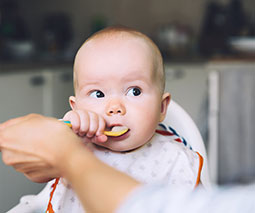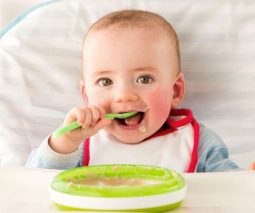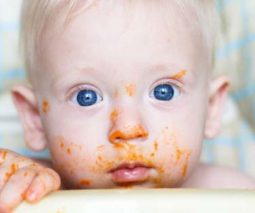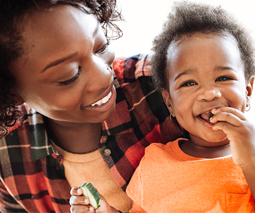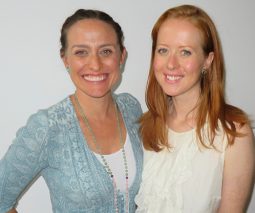Tips to transition your baby to solid foods
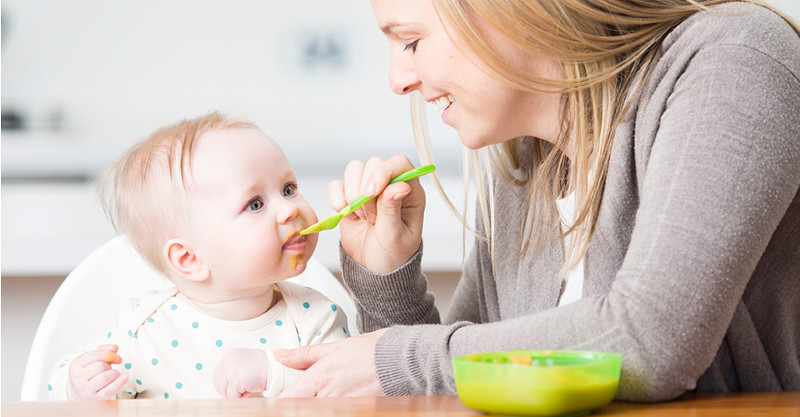
We’re delving into the delicious world of first foods, taking a look at how best to transition your baby to solids. Come and find out how you can tell if your baby is ready for solid food, some of the best first foods to try, and ways to help make your baby’s start to solids a smooth one.
Heinz is one of Australia’s best-loved baby food brands, with over 60 years of experience in creating culinary delights for little tummies from their base in country Victoria, using delicious local produce like apples, pears and peaches from the Goulburn Valley. With this in mind, we’ve collaborated on this guide, to help mum and dads navigate the choppy waters of starting solids.
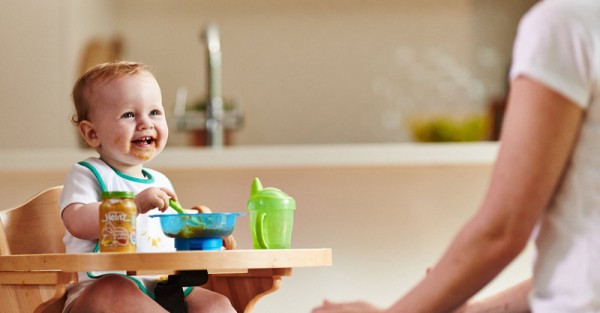
When should my baby start solids?
This is an age-old question that has seen much debate between experts. The latest information indicates that somewhere around six months (but not before four months), babies are ready to start solids. Before the age of four months, babies’ digestive systems simply can’t handle solid food. After six months, the natural supply of iron they were born with starts to run low, which is one reason why solids need to be introduced.
Signs to look out for
Your baby will start displaying signs that they’re ready to start solids, so keep an eye out for these cues:
- They start to show an interest in what you’re eating, following each spoonful with wide eyes, and perhaps an even wider mouth.
- Your baby will try to put anything in her mouth. Try putting a soft spoon to her lips and see if she opens her mouth.
- The end of a normal milk feed may end in tears, because there isn’t any more!
- Bub may start demanding more frequent milk feeds.
- Your usually great sleeper may start waking during the night, only settled by a milk feed.
- They hit the magic milestone when they are able to easily hold their head up, and sit up with support.
- Your baby may have roughly doubled his birth weight.
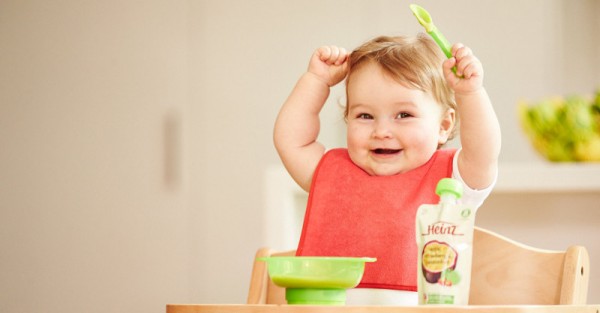
Best first foods
Now that you’ve established your baby is ready to start solids, you need to decide how to introduce first foods. Here are some easy options to try:
- Farex – this infant rice cereal is a great first food. It’s mild tasting and iron-enriched. It’s also really easy to prepare, and eventually as your baby’s tastes develop, you can add pureed fruit to it for a yummy baby breakfast option.
- Cooked, pureed fruit and vegetables are also a popular choice for first tastes. Things like apple, pear, pumpkin, sweet potato, carrot and potatoes can be steamed or boiled and then pureed into a smooth paste. Or if you prefer an easy, no-cook option, you can try mashed ripe avocado or banana.
- Some other great options, which are high in iron, include cooked and pureed meat, like chicken and beef – which can be mixed with legumes.
- Heinz has created an easy to follow, colour coded range, so its Baby Foods with the blue age stage labels are the ones to look out for in the supermarket if you’re shopping for convenient and nutritious first foods. It will also help you to see the smooth consistency you’re aiming for when pureeing first foods.
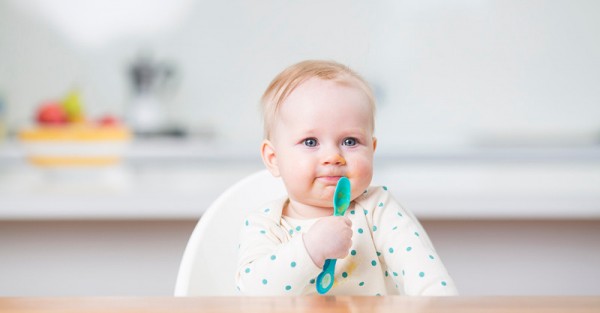
Tasty tips
- There’s no need to add salt or sugar to your baby’s food. Babies have a heightened sensitivity to taste, so it’s best to start them off without any unnecessary additives.
- Remember that each child is different, so they will all start solids at different times. Chat to your health care provider about any concerns you may have.
For more information on starting solids, and some clever, delicious baby recipes, head to Heinz.
(This is a sponsored post for Heinz)
